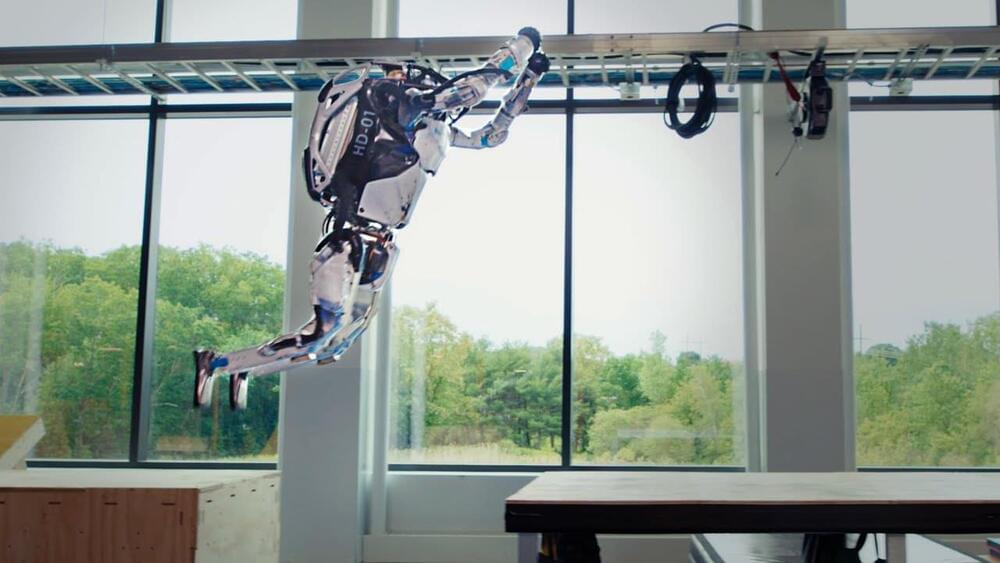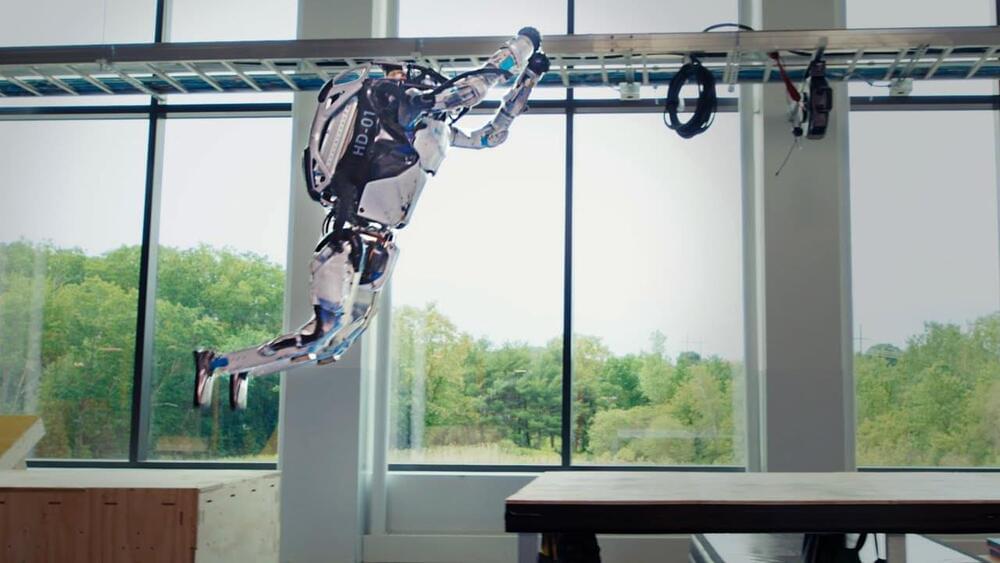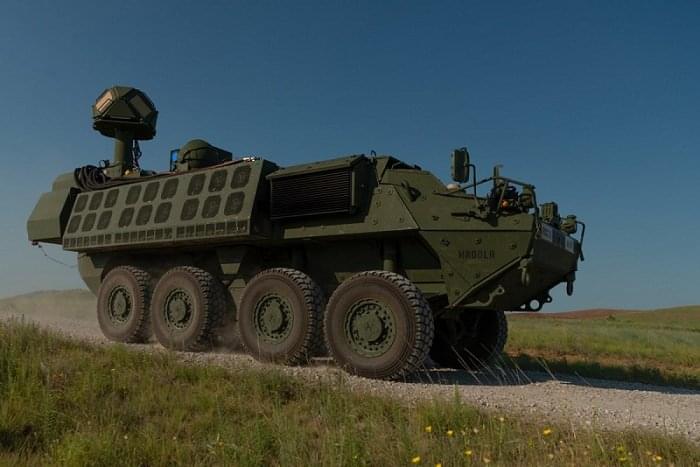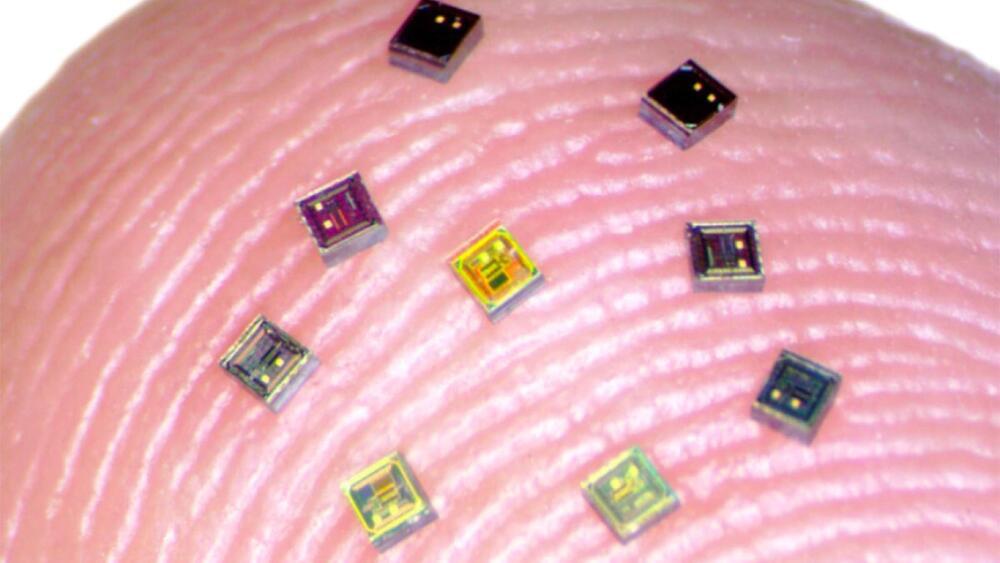Unlike humans, these eight-armed creatures can form crystal-clear memories even in their final weeks.
Page 5010

It’s impressive. But, i don’t see it doing anything that it hasn’t done before. The next step Has To Be equipping it with Human Level hands that can be teleoperated and possibly self operated.
Parkour is the perfect sandbox for the Atlas team at Boston Dynamics to experiment with new behaviors. In this video our humanoid robots demonstrate their whole-body athletics, maintaining its balance through a variety of rapidly changing, high-energy activities. Through jumps, balance beams, and vaults, we demonstrate how we push Atlas to its limits to discover the next generation of mobility, perception, and athletic intelligence.
Aug 17, 2021
Qualcomm launches world’s first drone platform with both 5G, AI tech
Posted by Kelvin Dafiaghor in categories: drones, internet, mapping, robotics/AI, security

Qualcomm has unveiled the world’s first drone platform and reference design that will tap in both 5G and AI technologies. The chipmaker’s Flight RB5 5G Platform condenses multiple complex technologies into one tightly integrated drone system to support a variety of use cases, including film and entertainment, security and emergency response, delivery, defense, inspection, and mapping.
The Flight RB5 5G Platform is powered by the chipmaker’s QRB5165 processor and builds upon the company’s latest IoT offerings to offer high-performance and heterogeneous computing at ultra-low power consumption.
Aug 17, 2021
Army Details Successful Prototype Demonstration of First Laser Weapon
Posted by Omuterema Akhahenda in categories: energy, military
FORT SILL, Okla., Aug. 17 2021 — The U.S. Army has completed a directed-energy maneuver short-range air defense (DE M-SHORAD) “combat shoot-off” — its first development and demonstration of a high-power laser weapon. As part of the DE M-SHORAD combat shoot-off, the Army Rapid Capabilities and Critical Technologies Office (RCCTO), alongside Air and Missile Defense Cross Functional Team, Fires Center of Excellence, and the U.S. Army Test and Evaluation Command, took a laser-equipped Stryker vehicle to Fort Sill, Okla. At the combat shoot-off, the Stryker faced a number of realistic scenarios designed to establish, for the first time in the Army, the desired characteristics for future DE M-SHORAD systems.
Aug 17, 2021
Cracking a mystery of massive black holes and quasars with supercomputer simulations
Posted by Quinn Sena in categories: cosmology, evolution, physics, supercomputing
At the center of galaxies, like our own Milky Way, lie massive black holes surrounded by spinning gas. Some shine brightly, with a continuous supply of fuel, while others go dormant for millions of years, only to reawaken with a serendipitous influx of gas. It remains largely a mystery how gas flows across the universe to feed these massive black holes.
UConn Assistant Professor of Physics Daniel Anglés-Alcázar, lead author on a paper published today in The Astrophysical Journal, addresses some of the questions surrounding these massive and enigmatic features of the universe by using new, high-powered simulations.
“Supermassive black holes play a key role in galaxy evolution and we are trying to understand how they grow at the centers of galaxies,” says Anglés-Alcázar. “This is very important not just because black holes are very interesting objects on their own, as sources of gravitational waves and all sorts of interesting stuff, but also because we need to understand what the central black holes are doing if we want to understand how galaxies evolve.”
Aug 17, 2021
Boston Dynamics’ robots master the art of parkour
Posted by Quinn Sena in category: robotics/AI

Bottom line: Boston Dynamics’ Atlas robots may be under new ownership, but they haven’t lost any of their old tricks. The robotics design company has shared a new video featuring its agile uprights tackling an obstacle course. If you haven’t seen what these humanoid bots are capable of lately, it’s certainly worth a look.
They’ve ditched their tethers, aren’t annoying loud like they once were and exhibit very fluid movement. Aside from a couple of minor hiccups, the run was mostly flawless.
Continue reading “Boston Dynamics’ robots master the art of parkour” »
Aug 17, 2021
How quantum computers and AI could make Earth a paradise
Posted by Genevieve Klien in categories: quantum physics, robotics/AI

Everyone’s talking about quantum computing these days. The experts claim the future will be full of amazing tech advances, but what does that really mean? property= description.
Aug 17, 2021
Researchers Transfer a Human Protein Into Plants to Supersize Them
Posted by Jason Blain in category: futurism
While a promising route to boosting crop yields, experts say more work needs to be done to understand why the tweak works.
Aug 17, 2021
Implantable “neurograins” may be the key to mind-controlled tech
Posted by Quinn Sena in categories: biotech/medical, robotics/AI
A new kind of brain-computer interface (BCI) that uses neural implants the size of a grain of sand to record brain activity has been proven effective in rats — and one day, thousands of the “neurograins” could help you control machines with your mind.
Mind readers: BCIs are devices (usually electrodes implanted in the skull) that translate electrical signals from brain cells into commands for machines. They can allow paralyzed people to “speak” again, control robots, type with their minds, and even regain control of their own limbs.
Most of today’s interfaces can listen to just a few hundred neurons — but there are approximately 86 billion neurons in the brain. If we could monitor more neurons, in more places in the brain, it could radically upgrade what’s possible with mind-controlled tech.
Aug 17, 2021
Electric cars and batteries: how will the world produce enough?
Posted by Derick Lee in categories: chemistry, government, sustainability, transportation
Battery-and carmakers are already spending billions of dollars on reducing the costs of manufacturing and recycling electric-vehicle (EV) batteries — spurred in part by government incentives and the expectation of forthcoming regulations. National research funders have also founded centres to study better ways to make and recycle batteries. Because it is still less expensive, in most instances, to mine metals than to recycle them, a key goal is to develop processes to recover valuable metals cheaply enough to compete with freshly mined ones. “The biggest talker is money,” says Jeffrey Spangenberger, a chemical engineer at Argonne National Laboratory in Lemont, Illinois, who manages a US federally funded lithium-ion battery-recycling initiative, called ReCell.
Reducing the use of scarce metals — and recycling them — will be key to the world’s transition to electric vehicles.














